St. Pancras International, London
This neo-Gothic red brick façade won raves when it was unveiled in
1868. And it’s in the news again. After a 20th-century decline, St.
Pancras got a recent £800 million makeover. Workers cleaned 300,000
pounds of dirt from the bricks and restored 8,000 panes of glass in the
roof of the immense train shed. As a result, the station looks its part as one of the finest Victorian landmarks in London.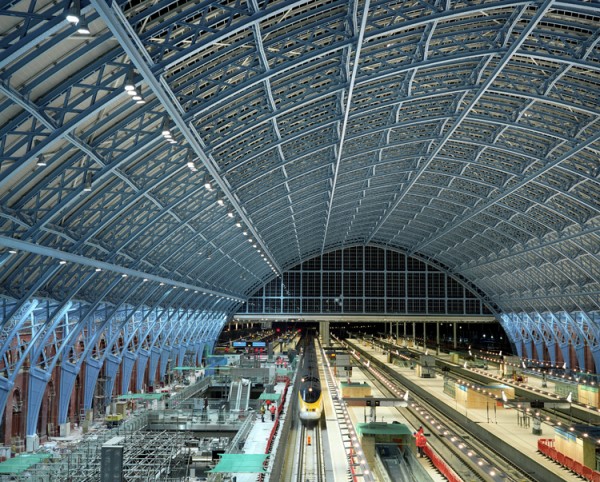
The world’s most beautiful train stations were designed to make a big impression. Many were constructed during the late 19th century, a golden era when train travel was new, intriguing, and glamorous. Today, stations from every era continue to impress, attracting travelers who aren’t even catching a train.
CFM Railway Station, Maputo, Mozambique

Sirkeci Station, Istanbul
Built in 1890 as the terminus for the Orient-Express journey from
Paris, the façade of this Ottoman Art Nouveau building is particularly
attractive. Swaths of red brick surround the wide entrance, and
stained-glass windows provide colorful splashes of light inside. Although this entrance is no longer used, people still stop to admire the interior and catch occasional performances by whirling dervishes inside the grand entry hall.
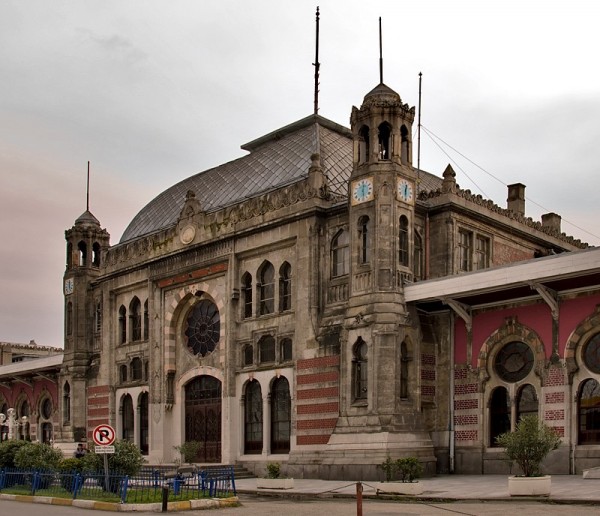
Previously called Spencer Street Station, the station got a new name in 2005 as part of an elaborate modernization project. The undulating roof, which stretches an entire city block, has been compared to a gigantic air-filled blanket floating on a forest of Y-shaped columns. The form is also the function here: fumes trapped in the domes high above the platforms escape naturally through holes cut into the top, making it a sort of breathing roof.
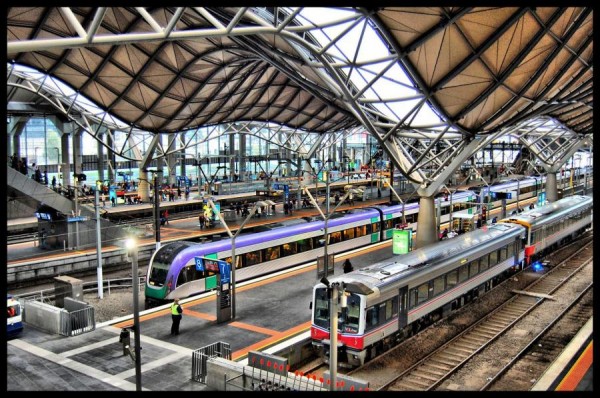
Many residents were initially dismayed by the city’s modern “entrance” when it was unveiled in 2005. The station’s wooden hand-drum-shaped Tsuzumi Gate and glass umbrella-shaped Motenashi Dome were controversial because they clashed with the traditional architecture of this old castle town—one of Japan’s best preserved as it was spared in WWII bombings. But the station has been so popular with tourists and photographers that many skeptics have come around to see the beauty in its sleek modern design.

With the opening of a new terminal in 1992, locals had the inspired idea to convert the original adjacent station into a concourse with a beautiful tropical garden of palm trees reaching toward the steel and glass roof in the center—as well as a nightclub and several cafés. The new station is accessed through the old terminal, where passengers can buy tickets and wait for their trains.
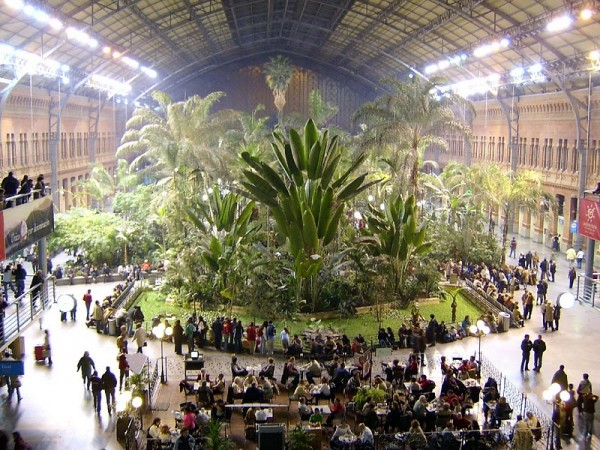
Union Station, Los Angeles
Father-son team John and Donald Parkinson contributed to this
station’s design, blending the area’s Spanish Colonial heritage with
then-contemporary Art Deco styles. The tall white bell tower of the
station’s exterior is reminiscent of California’s missions while its
main waiting room is sumptuously finished with a painted wood ceiling
and multicolored marble inlays on the floor.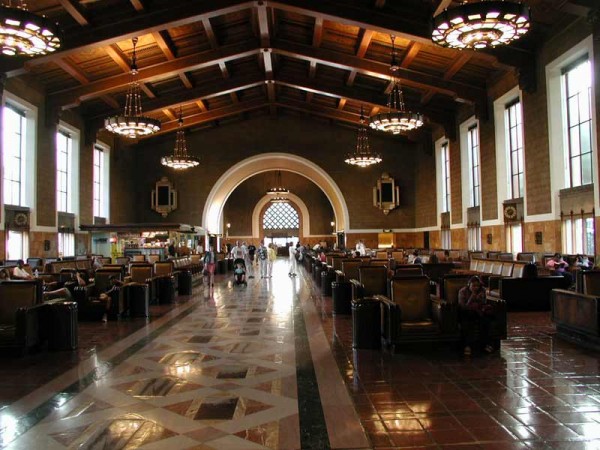
Antwerp Central Station, Belgium
When this palatial neo-Baroque station was completed in 1905, it was criticized for its extravagance (it is decorated in more than 20 types of marble and stone). But it’s proven tough to resist the station’s eclectic, opulent style and enormous arched dome. You may recognize the main hall of this station from a viral video from early 2009 of 200 people performing a choreographed dance to “Do Re Mi” from The Sound of Music.
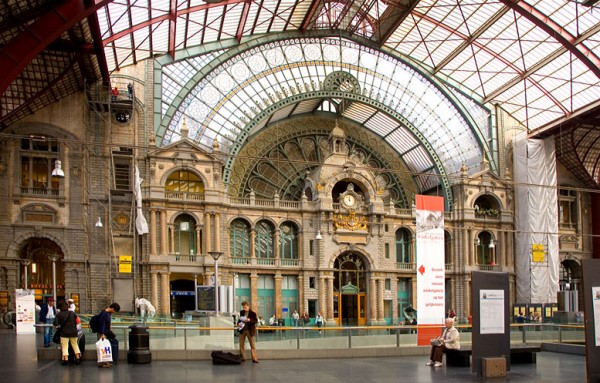
Chhatrapati Shivaji Terminus, Mumbai
British architect F. W. Stevens worked with local craftsmen to blend
Indian architectural traditions with the Victorian Gothic Revival style.
Originally named for Queen Victoria, the Empress of India, the station
has endured as a Mumbai landmark—and a vital resource for the three
million commuters who use it daily. The turrets and elaborate
ornamentation are similar to design elements found on Moghul and Hindu
palaces across the subcontinent.
Gare du Nord, Paris
This station in the central 10th Arrondissement is one of the busiest
and most picture-perfect in Europe. The façade is sculpted with 23
statues representing Amsterdam, Vienna, and other destinations served by
the Chemin de Fer du Nord company. The interior is just as lovely,
especially when the sun filters through the panels of the glass and
cast-iron roof to the platforms below.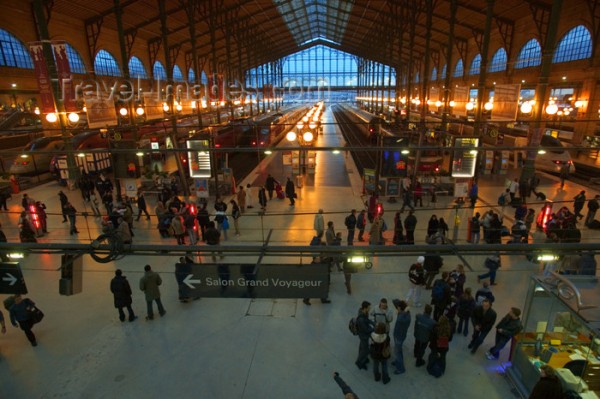
via: thewondrous

0 comments:
Post a Comment